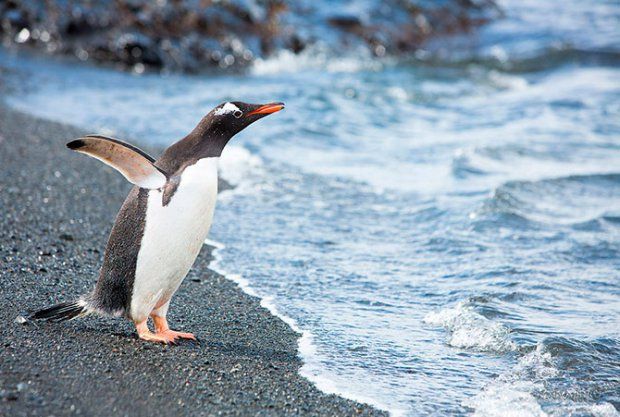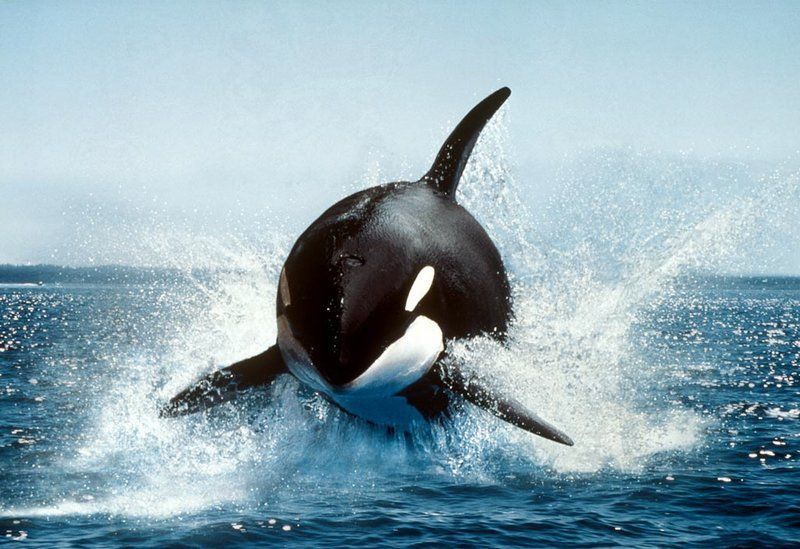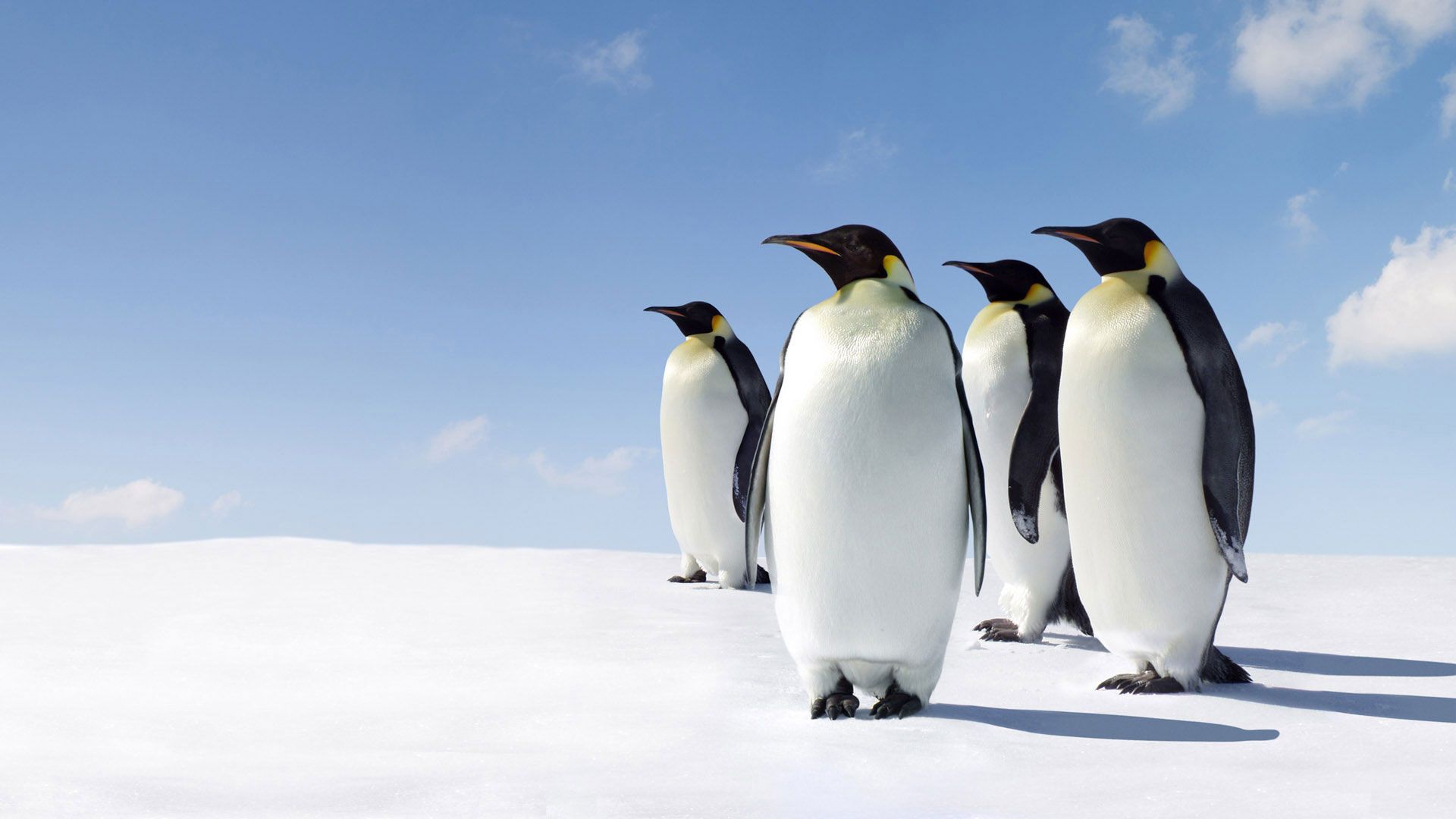Animals of Agryza
Planet Earth, the cradle of humanity, has the right to life. It was this motto that formed the basis for the creation of a special document. The Earth Charter, or, in other words, the Declaration of the Rights of the Earth, according to its creators, should play a consolidating role for all peoples of the Earth. The principles of the Earth Charter are the matter of saving our planet and humans as a biological species, preserving the biosphere.
Back in 2001, Tatarstan began an experiment to implement the principles of the Earth Charter. This document, developed by specialists from many countries around the world under the auspices of the UN, is intended to form a completely new approach to universal human values, taking into account the requirements of environmental protection. On April 27, 2001, the State Council of the Republic of Tatarstan adopted a Resolution, according to which Tatarstan became the first region in the world for the practical application of the Earth Charter. This imposes a special responsibility on the residents of the republic. The Ministry of Ecology and Natural Resources of the Republic of Tajikistan perceived the Charter as a guide to action. Work on the implementation of this document has been ongoing in the republic for six years; dozens and hundreds of specialists from the ministry took part in it.
Life in the country and on the planet as a whole has not become easier, and the world has not yet fully grasped the vital importance of the principles proclaimed by the Earth Charter. But these ideas are increasingly being discussed: in society, in schools, in universities, among scientists, at the municipal level.
What makes people protect nature? Perhaps the elementary feeling of surviving by preserving your habitat. Or maybe a utilitarian-practical approach to the use of natural resources? Or the need to have and preserve for long-term use the healing potential of landscapes? For some, humanitarian and historical-patriotic motives are most important. Population surveys conducted by the Ministry in 2003 and 2005 showed that for teenagers “to protect nature means to protect the Motherland,” more than 88% of respondents are very concerned that rare species of animals and plants may completely disappear from the territory of Tatarstan, and they expressed their readiness to participate in environmental actions about 60% of those surveyed. This unanimity among survey participants inspires optimism and belief that the environmental movement has a fairly positive outlook.
Humanity has finally come to the understanding that further development is impossible without the formation of new ecological thinking. The authors of the Earth Charter declare: “Let our time be remembered by humanity as a time of reverence for life, a firm commitment to preserve the evolutionary potential of the Earth, an acceleration in the struggle for justice and peace, and a celebration of life.” This is the time of realizing oneself as a part of the Universe. Each of us has more than once looked longingly at the deserted pond, been irritated by the garbage on the road, regretted the felled tree, and then imagined other pictures of the wise management of mankind. Paintings in which the image of the human owner is in harmony with the call of his native planet. Let's keep such moments in our memory, capture them for posterity!
Lady's slipper
It grows in forests of various compositions: coniferous (spruce, spruce-fir, spruce-pine), broad-leaved coniferous (linden-fir-spruce), small-leaved (birch, birch-aspen). Often found on forested slopes of ravines, lairs, rivers, in thickets of bushes, and on the edges. Prefers well-moistened soddy-podzolic and peaty soils. Rhizomatous perennial. Blooms in May - June, bears fruit in August. Reproduces mainly vegetatively. The seeds are small, often with an underdeveloped embryo. Seed germination occurs only if there is sufficient moisture. Blooms in 15-17 years. Ornamental plant.
The number is declining due to human destruction of habitats as a result of human economic activities (deforestation, fertilization), collection for bouquets and digging for cultivation.
Common flying squirrel
Outwardly similar to a squirrel. Body length 13-20 cm, tail 9-14 cm. The head is rounded, with large black eyes and small ears without tassels. Between the fore and hind limbs there is a lateral fold of skin - the “flying membrane”. The fur is soft and silky. The tail is fluffy. The color of the upper body and tail is dominated by gray tones, the belly is white. It makes gliding flights in a downward curve up to 30-50 m long, during which the forelimbs are widely spaced and the hind limbs are pressed to the tail. Using its tail, it can change the direction of flight. Prefers mixed and deciduous forests. It settles in the hollows of large trees, less often in rock crevices. Leads a nocturnal and twilight lifestyle, and during the period of resettlement it is active during the day. In autumn, it builds thick-walled, insulated, spherical nests in hollows. There is no hibernation, but activity is reduced during the cold season. For the winter it stores alder cones and birch catkins. It breeds once a year from April to July, with a litter of 2-4 cubs. The flying squirrel is nocturnal. It feeds on leaves, catkins, buds and bark of birch and alder, as well as flowers and berries. Life expectancy is up to five years. Included in the Red Book of the Republic of Tatarstan.
Otter
Its body length is 55-95 cm, its tail is 26-55 cm, its weight is 6-10 kg. This is a large animal, with a highly elongated, flexible body with a streamlined shape typical of the subfamily. The color of the fur is dark brown above, light and silver below. The guard hairs are coarse, and the underfur is very thick and delicate. The common otter is distributed over a very vast area, including almost all of Europe and Asia. Its habitats are predominantly forest rivers, and to a lesser extent lakes rich in fish, crayfish, and small rodents along the banks. Preference is given to rivers with whirlpools, rapids that do not freeze in winter, with washed-out banks heavily littered with windbreaks, where there are many reliable shelters and convenient places for making burrows, the entrance holes to which open under water. The otter also makes its lairs in caves, and sometimes like a nest in thickets near water. The hair of otters is short, dense, with an extremely thick underfur. It does not get wet and changes slightly with the seasons. The otter feeds mainly on fish. The otter is listed in the Red Book of Tatarstan.
Hoopoe
A small brightly colored bird with a long narrow beak and a crest that sometimes opens up like a fan. The body length is 25-29 cm and the wingspan is 44-48 cm. Distinguished by the striped black and white plumage of the wings and tail, a long thin beak and a long crest on the head, it is one of the most easily recognizable birds. The color of the head, neck and chest, depending on the subspecies, varies from pinkish to chestnut. The wings are wide, rounded, painted with contrasting black and whitish-yellow stripes. The tail is medium length, black with a wide white band in the middle. The ventral part of the body is pinkish-red, with blackish longitudinal stripes on the sides. The crest on the head is orange-red, with black tops of feathers.
Breeding migratory species. The favorite habitat is open areas with sparse bushes or trees. Cautious, but not timid - as a rule, it avoids people and flies away when they approach. Spends a lot of time on the ground, hunting insects. Found from April to September. It makes nests in hollows, sometimes in burrows. Feeds on insects. Winters in Africa and South Asia. Included in the Red Book of the Republic of Tatarstan, the number continues to decline.
Kingfisher
This amazingly beautiful bird is slightly larger than a sparrow with unusually bright plumage. The combination of a greenish-blue upper body, a bright blue rump and a fiery red belly makes the kingfisher unusually bright and memorable. Kingfishers nest in separate pairs in coastal cliffs, where, using their beak and paws, they dig holes with a depth of 0.3 to 1 m, occasionally up to 2.5 m. The hole has an oval, vertically elongated entrance and at the end it expands in the form of a nesting chamber .
Food - small fish, tadpoles, frogs and invertebrates are obtained exclusively in water. The kingfisher watches for prey, sitting motionless on some low branch, from where it falls like a stone into the water, completely disappearing into it, immediately emerges and takes off.
Migratory species. Found from late April to September. Winters in the south of North Africa, South Asia. Included in the Red Book of the Republic of Tatarstan, the number continues to decline.
Gray Crane
A large bird (4.5 - 7 kg) with high legs and a long neck. The head is small, black and white in color, there is a red spot on the crown, and the beak is of moderate length. The wingspan is 1.8 - 2.4 m, their tips are black. The plumage of adult birds is gray; young birds have a brownish tint; there is no red spot on the crown. Uses wetlands in floodplains for nesting, prefers areas with sparse reed thickets and lake basins. The nest is in a dry place, flat, shaped like a pile of reeds. There are 2 eggs in a clutch, 1-2 chicks in a brood. It feeds on plant seeds, seedlings of grain and legumes, grass shoots and aquatic plants. Eats insects, frogs, snakes, lizards, small fish and mouse-like rodents. Before departure it forms significant accumulations. Found from mid-April to October. Listed in the Red Book of the Republic of Tatarstan.
Mute swan
Much larger than a goose, with snow-white plumage. When swimming, it often bends its neck and holds its beak and head inclined towards the water. There is a large black growth at the base of the red beak. The contour of the mute mute's back is angular. When flying from afar, you can hear the characteristic creaking of wing feathers. During the mating season, the male makes characteristic hissing sounds. The chicks have gray plumage. They fly over the river in large flocks and can let a person get quite close to them. They understand that people love them and will not offend them. In general, these birds are shy and cautious. Swans make their nests in the thick grass on the shore, and when the female sits on her eggs, the male guards her. At this time, the birds are especially careful; at the slightest danger, snow-white swans, pushing off from the water as if from a springboard, spreading their wide wings, rush into the sky. And then, having calmed down, they sit down on the water again. The mute swan is listed in the Red Book of Tatarstan.





No comments here yet.